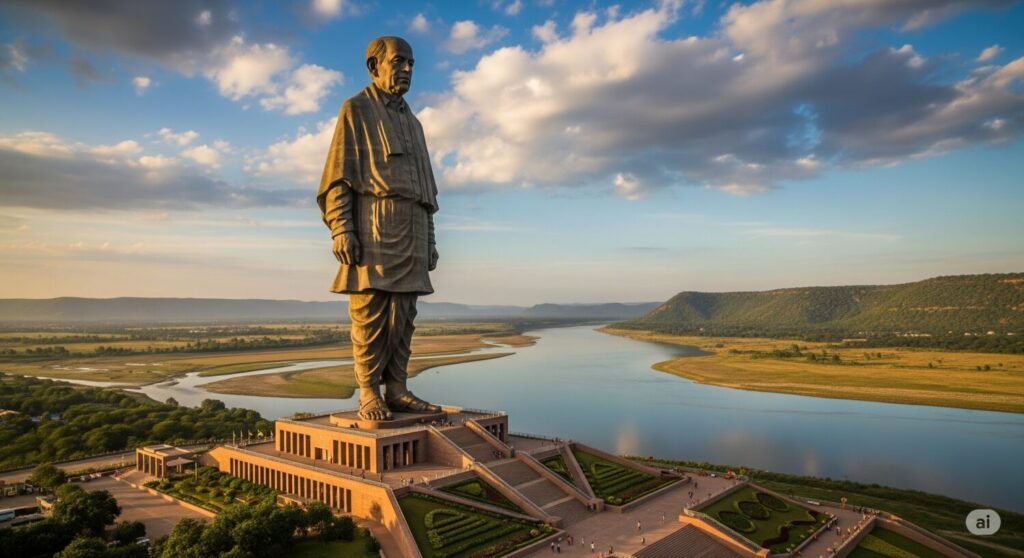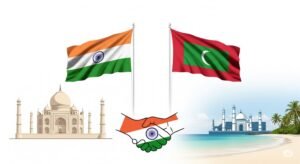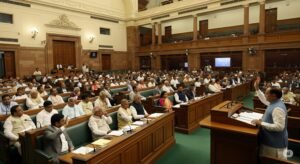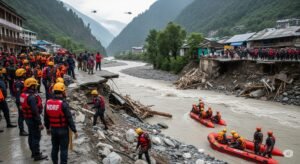A monument can tell a powerful story, and the Statue of Unity in India is no exception. This awe-inspiring tribute to Sardar Vallabhbhai Patel, a key figure in India’s independence, has become a symbol of national pride and unity. Its significance was recently highlighted when a prominent political leader visited the site, receiving praise for a gesture that transcended political lines.
A Visit That Bridges Divides
Recently, Prime Minister Narendra Modi publicly lauded Omar Abdullah, a former Chief Minister, for his visit to the Statue of Unity. This wasn’t just a simple tourist stop; it was a powerful message. Furthermore, Abdullah’s appreciation for the monument and the surrounding area, including a morning run along the Sabarmati Riverfront, showcased a sense of national pride that resonated deeply. This is a moment that demonstrates how shared appreciation for national heritage can, therefore, bring people together, regardless of their political backgrounds.
The Man and the Monument
The Statue of Unity is a monument to Sardar Vallabhbhai Patel, often called the “Iron Man of India.” He was crucial in unifying hundreds of princely states into the modern nation of India. Additionally, the statue, which stands as the world’s tallest at 182 meters, is not just an impressive feat of engineering; it is a physical representation of his legacy. It reminds everyone of the strong foundations upon which the country was built.
- Sardar Patel’s legacy: He was a key figure in the integration of India’s states.
- The Statue’s purpose: It honors his role in creating a unified nation.
- Symbolic location: The site itself, with the Narmada dam, provides water to arid regions, mirroring how he brought cohesion to a fragmented land.
Beyond the Statue: A Symbol of Progress
During his visit, Abdullah also noted the impressive infrastructure surrounding the statue and the dam. He mentioned how these projects, which provide water to arid regions like Kutch, have transformed lives. This example is similar to how large-scale public works projects in the US, like the Hoover Dam, have both created a national landmark and had a profound, practical impact on people’s daily lives and regional development. These sites are, therefore, more than just tourist attractions; they are testaments to progress and human ingenuity. Ultimately, this visit highlighted a shared vision for a stronger, more unified nation.











